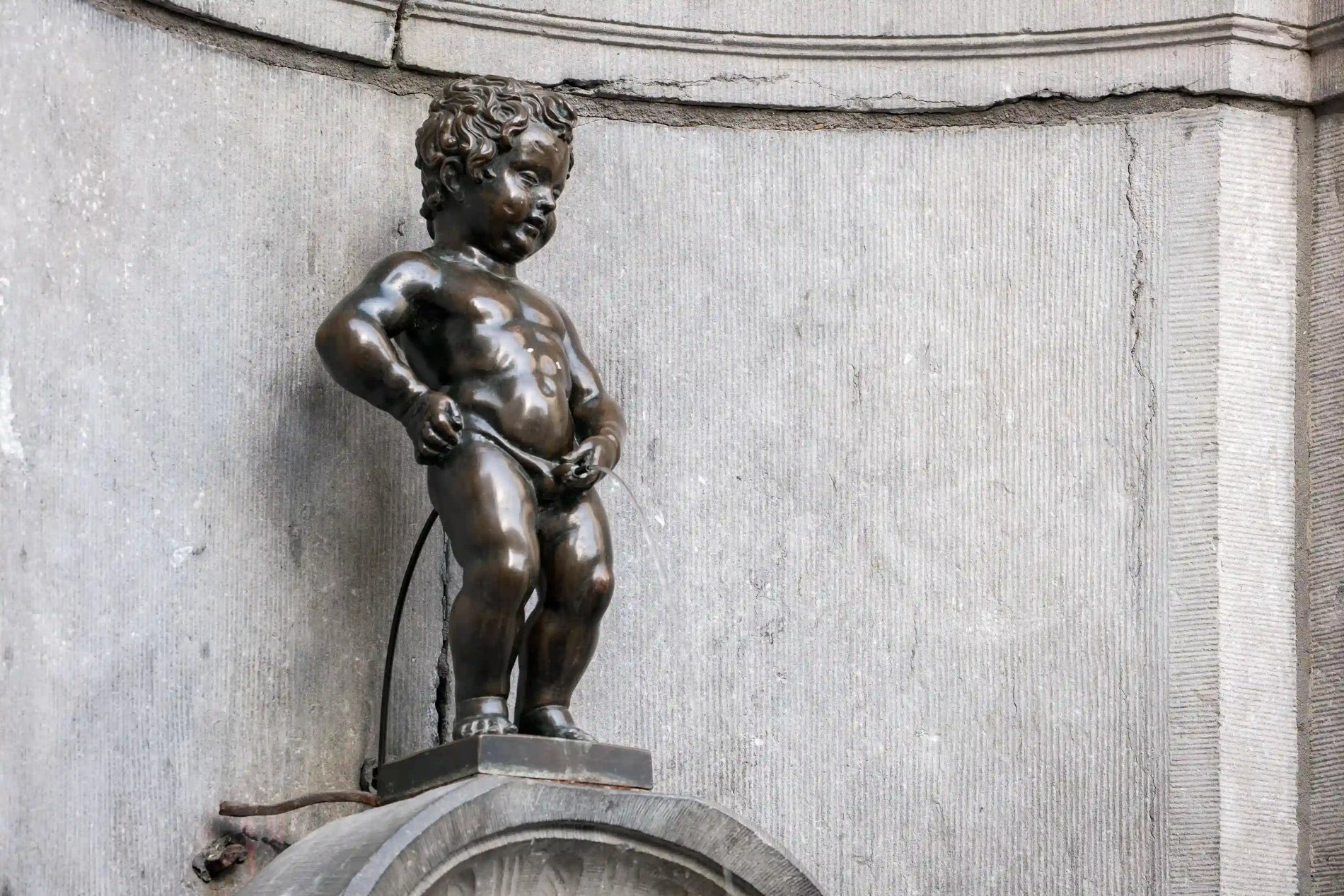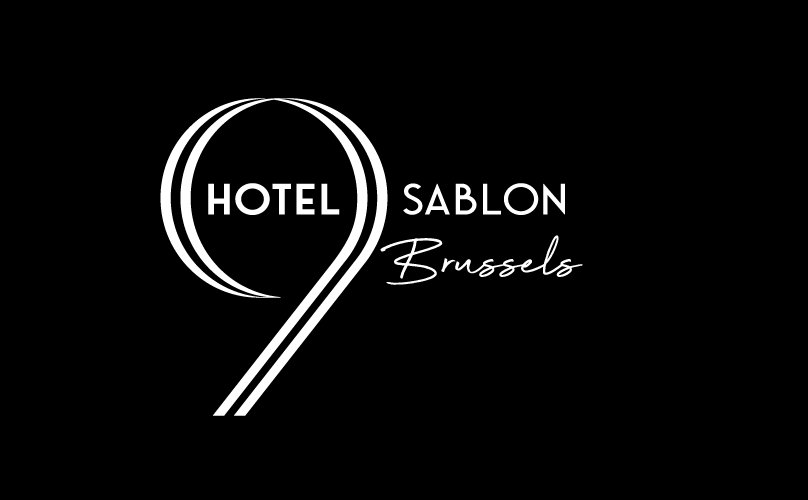Visiting Brussels
What is the best time to visit Brussels?
If you’re planning a trip to Brussels and its surroundings and want to enjoy the full experience of Brussels life, the best times to visit are spring (from April to June) and autumn (September and October). These are the most pleasant seasons for strolling around and enjoying the city's laid-back atmosphere. During these periods, temperatures are mild (between 12°C and 20°C), ideal for exploring the city on foot. In spring, you can fully enjoy the blooming parks and the light, pleasant ambiance, while autumn often charms visitors with its colorful foliage and fewer crowds.
However, it is during the summer months (July and August) that Brussels sees the most tourists, likely due to the warmer weather (around 25°C) and the many festivals held in and around the city, such as the Brussels Summer Festival. That said, tourist sites can be very crowded, and accommodation prices are higher compared to spring or autumn.
Winter (from November to February) also has its charm, attracting visitors who are looking for the festive atmosphere that Brussels is known for. The Christmas market and the "Winter Wonders" festival bring a magical feeling to the city. Although temperatures are cold (between 0°C and 7°C), the decorations and Belgian culinary specialties provide comforting breaks after a day of sightseeing.

What languages are spoken in Brussels?
Brussels is a cosmopolitan city where several languages are commonly spoken. Officially, the city is bilingual, with French and Dutch as the administrative languages. In practice, French is the most widely used language among the local population, while Dutch is mainly spoken by the Flemish minority and in certain official institutions.
English is also very present in Brussels, thanks to the large international population linked to European institutions, international organizations, and multinational companies. Many Brussels residents—especially young people and professionals—speak English fluently and use it in daily life.
Due to the city’s cultural diversity, other languages are frequently spoken as well. These include Arabic, Spanish, Italian, and Turkish, reflecting the various immigrant communities living in Brussels.
So, while French dominates, Brussels is a multilingual city where visitors who speak French or English will generally have no trouble being understood.
How to get around Brussels?
Brussels has an efficient public transport network operated by STIB, which includes metro, trams, and buses that connect the entire city. The metro is fast and ideal for longer distances, while trams and buses serve more local areas.
Bike-sharing (Villo!) and electric scooters are convenient for short trips.
Trains (SNCB) allow travel to the suburbs and other Belgian cities.
Walking is a great option for exploring the city center, and taxis or ride-hailing services like Uber are also available.
Public transport
Public transport in Brussels is mainly operated by STIB (Brussels Intercommunal Transport Company). The network includes metro, trams, and buses, making it easy to move around the city and surrounding areas.
The metro has four lines (1, 2, 5, and 6) and runs from around 5:30 a.m. to midnight. Trams, which run both above and below ground, are useful for reaching neighborhoods not served by the metro. Buses cover more peripheral areas and also operate at night on weekends via Noctis night buses (Fridays and Saturdays).
Tickets are valid across all these modes of transport and can be purchased via the STIB app, ticket machines, or using a contactless card. The Brupass also allows travel on SNCB trains (regional), De Lijn (Flanders), and TEC (Wallonia).
Brussels also offers bike-sharing with Villo! and electric scooters. For quicker transport, taxis and VTC services like Uber are available.
With all these options, getting around Brussels is simple and accessible for everyone.
Bike rentals in Brussels
In Brussels, the main bike-sharing service is Villo!, which allows locals and visitors to move easily throughout the city thanks to a network of stations across the capital.
Villo! offers two rental types:
-
Short-term: Ideal for tourists or occasional users, with daily or weekly passes.
-
Long-term: Monthly or yearly subscriptions for residents who use the service regularly.
The bikes come with a locking system and can be picked up or dropped off at any Villo! station. The first 30 minutes are usually free, after which a fee applies depending on usage time.
Additionally, Brussels has several electric bike-sharing services, such as Billy Bike. These bikes, available via mobile app, offer more flexibility as users can leave them anywhere within the designated area.
For longer rentals, specialized shops offer classic or electric bikes.
Thanks to these options, biking is a practical and eco-friendly way to get around Brussels, especially with the many bike lanes developed throughout the city.
Taxis and Ride-Hailing Services in Brussels
In Brussels, taxi services and ride-hailing apps offer various transport options for locals and visitors.
Taxis
Brussels taxis are regulated and recognizable by their roof signs. They can be taken from official taxi stands, hailed on the street, or booked via apps like Taxis Verts or Taxi Brussels. Fares are metered, with a starting price around €2.90, per-kilometer charges, and surcharges for night rides or trips to the airport.
Ride-Hailing Services (VTC)
Ride-hailing services like Uber, Bolt, and Heetch are very popular in Brussels. They operate through mobile apps and often offer competitive prices compared to traditional taxis. Unlike taxis, VTCs cannot be hailed on the street and must be booked in advance.
Whether you choose a taxi or a ride-hailing app, both offer comfortable and safe ways to get around—especially at night or to areas less accessible by public transport.
What cars are allowed in Brussels?
Brussels has implemented a Low Emission Zone (LEZ) to reduce pollution. This zone covers the entire Brussels-Capital Region and restricts access to certain polluting vehicles.
Allowed vehicles
-
Recent vehicles that meet Euro 5 and Euro 6 standards (petrol and diesel)
-
Electric and hybrid vehicles
-
Hydrogen and CNG (compressed natural gas) vehicles
Banned vehicles
Since January 2022, diesel vehicles that meet Euro 4 or earlier standards are banned. In 2025, the ban will extend to Euro 5 diesels and Euro 2 petrol vehicles.
Exceptions and alternatives
Some vehicles have exemptions (classic cars, medically essential vehicles, etc.). A one-day pass can be purchased up to 8 times per year for otherwise banned vehicles.
To check if your vehicle is allowed, visit the official LEZ Brussels website. Fines for non-compliance can reach €350.
Brussels encourages the use of public transport, bicycles, and car-sharing services for more sustainable mobility.
The Brussels Card: Your Pass to Discover the City
The Brussels Card is a practical and cost-effective tourist pass that lets you explore Brussels with a wide range of benefits. Ideal for visitors eager to discover the Belgian capital, the card grants access to many attractions and offers discounts on various activities.
What are the advantages of the Brussels Card?
-
Free access to over 50 museums
Highlights include the Magritte Museum, the Fine Arts Museum, the Atomium (with a supplement), and the Musical Instruments Museum. -
Discounts on attractions and tours
Available for certain tourist sites, cruises, excursions, and souvenir shops. -
Transport options included
The Brussels Card can be combined with an STIB pass (metro, tram, bus) for unlimited travel.
An alternative version includes access to Hop-on Hop-off tourist buses to explore the city easily.
Duration and prices
The card is available in three durations:
-
24 hours: ideal for a short visit.
-
48 hours: a great option for more exploration.
-
72 hours: perfect for an extended stay.
Prices vary depending on the options selected (with or without public transport).
Where to buy it?
The Brussels Card is available online, at tourist offices, or directly at partner attraction counters.
Why buy it?
With its many benefits, the Brussels Card helps you save money, save time, and access Brussels’ cultural gems easily. A must-have for any tourist!

